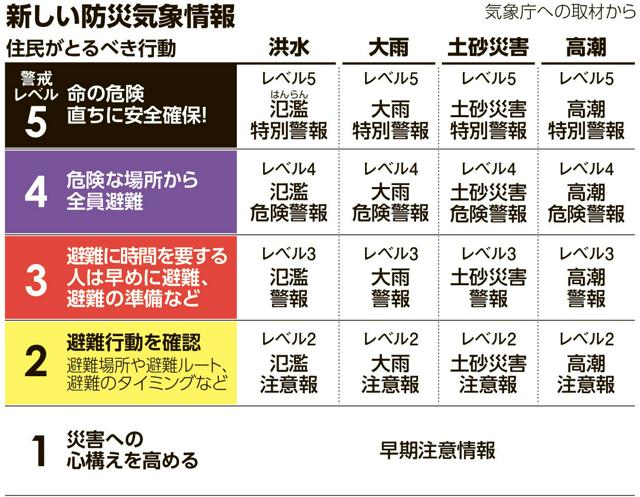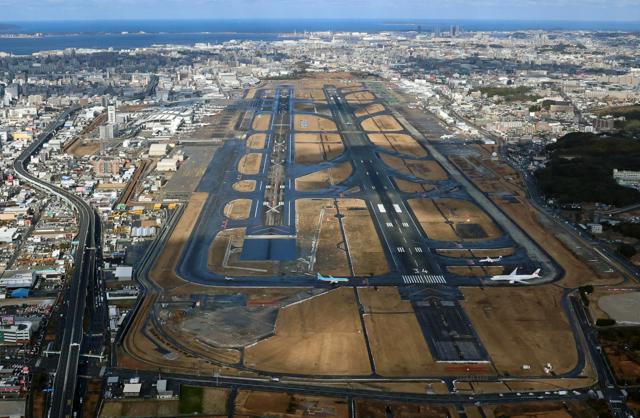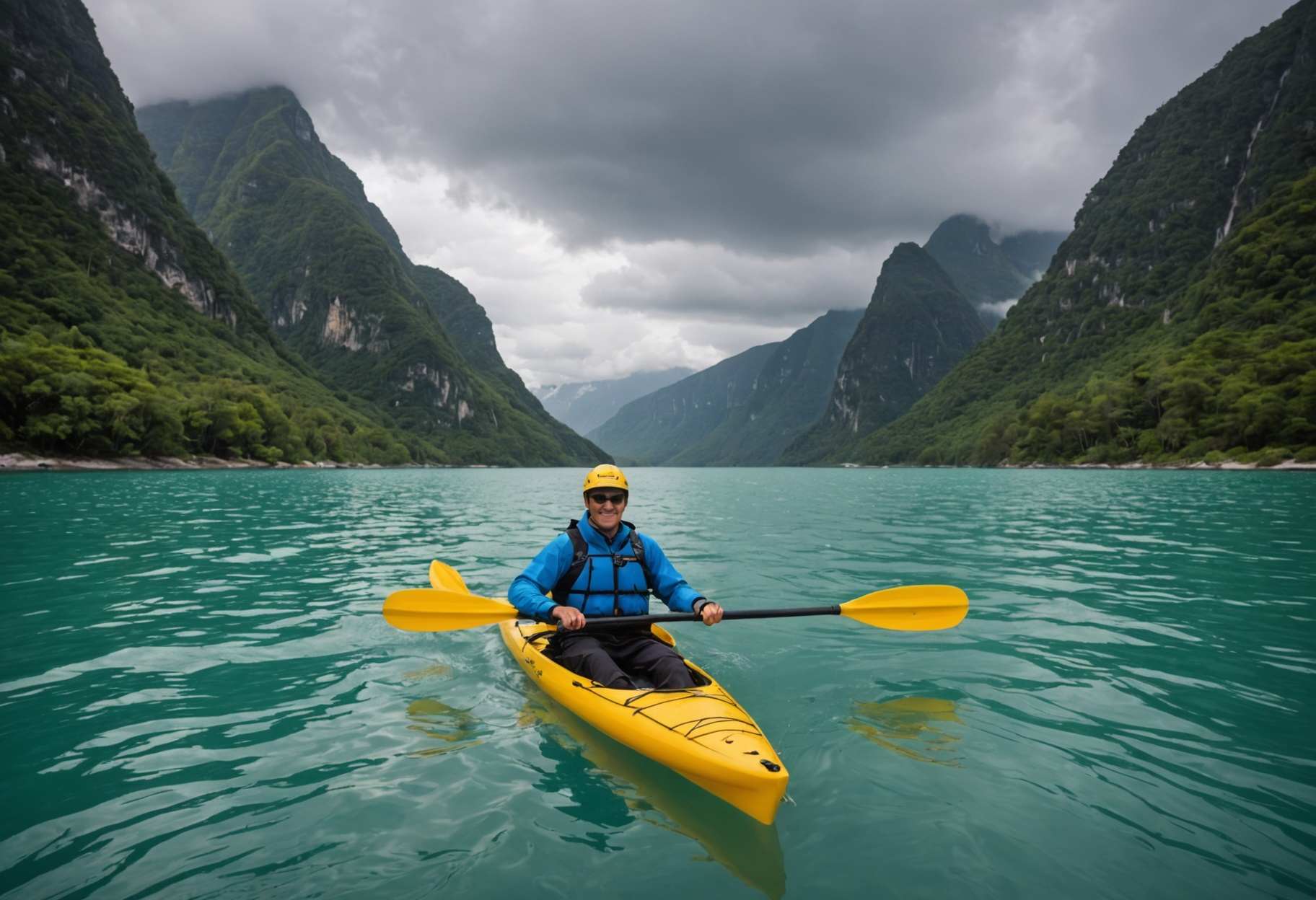
An expansive ancient city has been unearthed in central Asia, shedding light on the area's industrial history and ranking as "one of the most remarkable archaeological discoveries in this region for decades," according to the lead author of a landmark new report on the site.
The report, from researchers at the United Kingdom's Durham University and University College London as well as Kazakhstan's Toraighyrov University, offers the fullest picture to date of what Semiyarka, the "City of Seven Ravines," may have been like in its prime more than 3,500 years ago.
Located on the Kazakh Steppe, a vast grassland that covers northern Kazakhstan and parts of Russia, Semiyarka spanned some 350 acres and is currently the largest known ancient settlement in that region, according to the report. Originating around 1600 B.C.E. during the Bronze Age, the city was among only a few production centers at the time and the first on the Kazakh Steppe now known to have had bronze-producing capabilities.
That's important for understanding the early communities of the steppe region, researchers said, as the archaeological evidence for Semiyarka's well-organized metal economy challenges prior beliefs that such societies did not exist in the area when Semiyarka did. The ancient city, which is called "Seven Ravines" because of its location overlooking multiple valleys, developed during a period where nomadic people began to form permanent or semipermanent settlements.

Researchers previously thought only seminomadic people lived on the Kazakh Steppe at that time. But what they found after years of archaeological exploration of Semiyarka indicates that the site was not only a large-scale metal producer but, potentially, a crucial trading post with regional power. Its size, along with remnants of its manufacturing, "highlight its potential importance for advancing our understanding of regional settlement patterns, social organisation and technology," researchers wrote in their report.
"This is one of the most remarkable archaeological discoveries in this region for decades. Semiyarka changes the way we think about steppe societies," Miljana Radivojević, an archaeological researcher at University College London and the report's lead author, said in a statement released by the university. "It shows that mobile communities could build and sustain permanent, organised settlements centred on a likely large-scale industry — a true 'urban hub' of the steppe."
Researchers at Toraighyrov University initially identified Semiyarka in the early 2000s, but the city was never thoroughly investigated before now.
"I have been surveying Semiyarka for many years with the support of Kazakh national research funding," said Viktor Merz, of Toraighyrov University, who initially identified Semiyarka two decades ago and co-authored the new report, "but this collaboration has truly elevated our understanding of the site."
What to know about Trump's changing stance on Epstein files
ICE detains dozens in Charlotte, including some who say they have legal status
President Trump's pardon of crypto billionaire sparks concerns over his use of pardons
LATEST POSTS
- 1
 Tech for Learning: Online Courses and Instructive Apparatuses
Tech for Learning: Online Courses and Instructive Apparatuses - 2
 Figure out How to Augment the Advantages of a Web-based Degree
Figure out How to Augment the Advantages of a Web-based Degree - 3
 大雨や土砂災害の気象情報、1~5レベルに整理 洪水特別警報新設(朝日新聞)
大雨や土砂災害の気象情報、1~5レベルに整理 洪水特別警報新設(朝日新聞) - 4
 KAT-TUNラストライブ ハイフンと歩んだ最高の25年完結 亀梨和也「青春でした」(スポニチアネックス)
KAT-TUNラストライブ ハイフンと歩んだ最高の25年完結 亀梨和也「青春でした」(スポニチアネックス) - 5
 The most effective method to Consummate the Specialty of Handshaking in Business and Group environments
The most effective method to Consummate the Specialty of Handshaking in Business and Group environments
 Presenting Nintendo's New Pastel Satisfaction Con Tones for Switch Gamers: 3 Upscale Choices
Presenting Nintendo's New Pastel Satisfaction Con Tones for Switch Gamers: 3 Upscale Choices 混雑の福岡空港発着数、1時間に5回増検討を国に要請 検討委初会合(朝日新聞)
混雑の福岡空港発着数、1時間に5回増検討を国に要請 検討委初会合(朝日新聞) モンチッチ「2年で売上20倍」…Y2Kキャラ再ブームのウラにある「アップデート戦略」とは?【THE TIME,】 (TBS NEWS DIG Powered by JNN)
モンチッチ「2年で売上20倍」…Y2Kキャラ再ブームのウラにある「アップデート戦略」とは?【THE TIME,】 (TBS NEWS DIG Powered by JNN) Holiday spots Well known With Americans In 2024
Holiday spots Well known With Americans In 2024 8 Fundamental Stages: Novice's Manual for Secure Your Android with a VPN
8 Fundamental Stages: Novice's Manual for Secure Your Android with a VPN Watch interstellar comet 3I/ATLAS speed away from the sun in free telescope livestream on Nov. 16
Watch interstellar comet 3I/ATLAS speed away from the sun in free telescope livestream on Nov. 16 【あいさつ全文】フワちゃん プロレス団体「スターダム」入団 リング上で12秒間頭を下げて騒動謝罪(スポニチアネックス)
【あいさつ全文】フワちゃん プロレス団体「スターダム」入団 リング上で12秒間頭を下げて騒動謝罪(スポニチアネックス) Manual for Individual budget Rudiments for Amateurs
Manual for Individual budget Rudiments for Amateurs Invigorating Spots To Go Kayaking All over The Planet
Invigorating Spots To Go Kayaking All over The Planet













